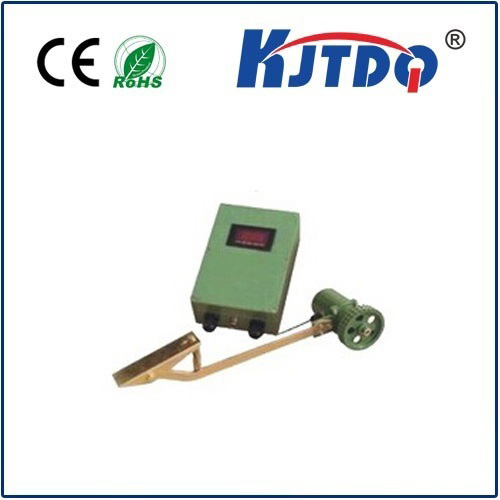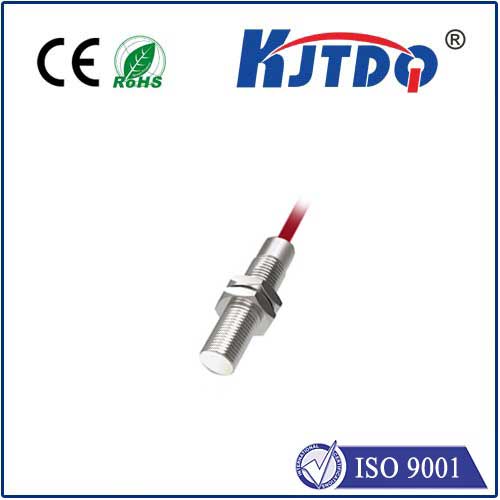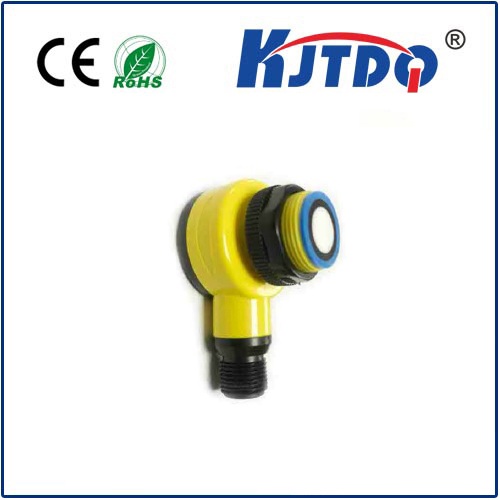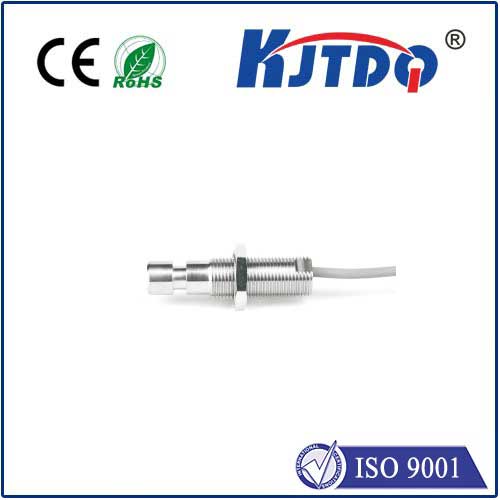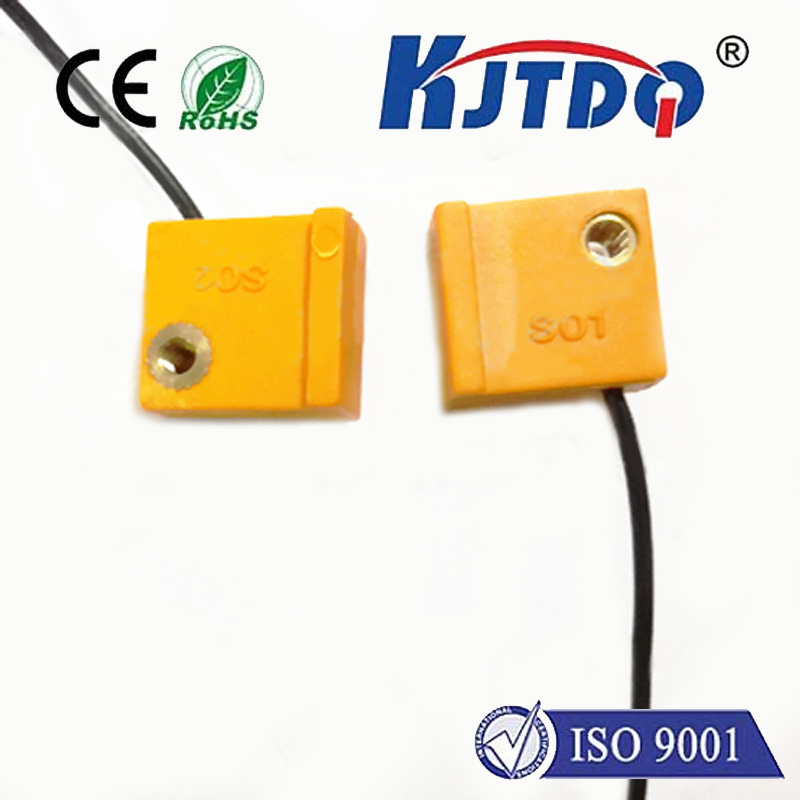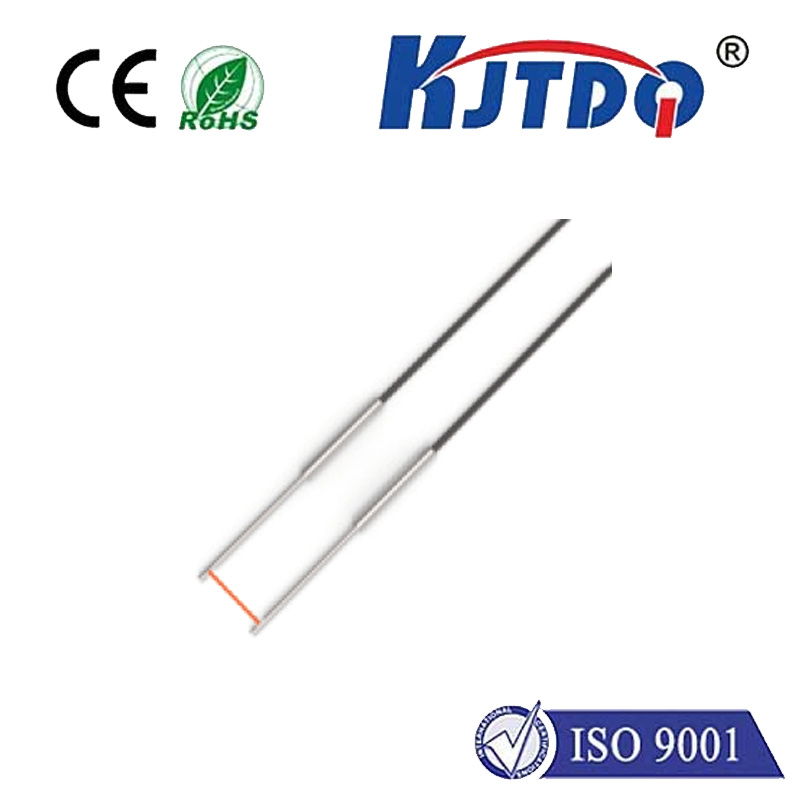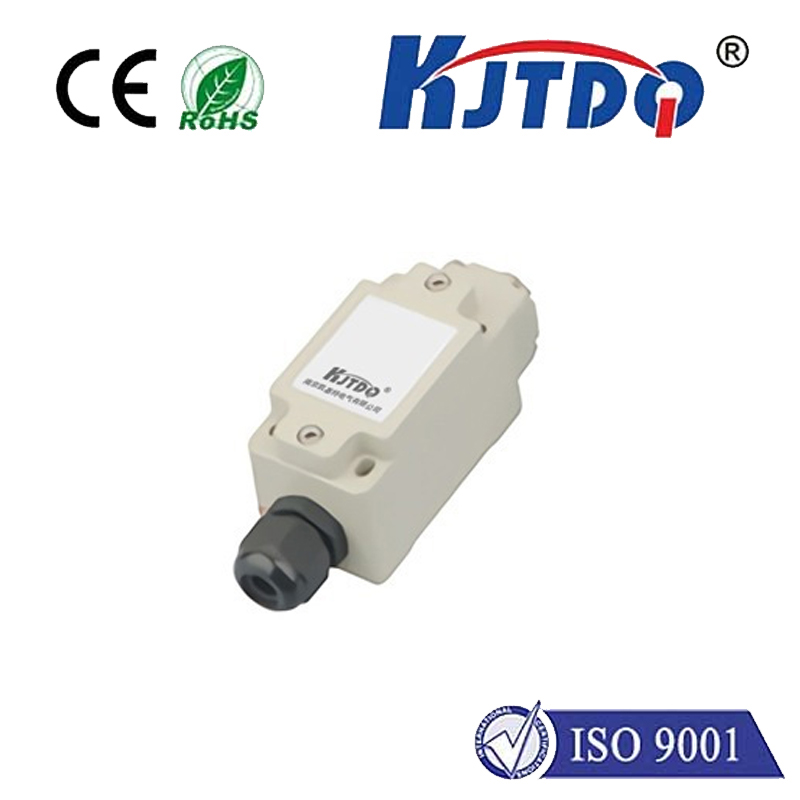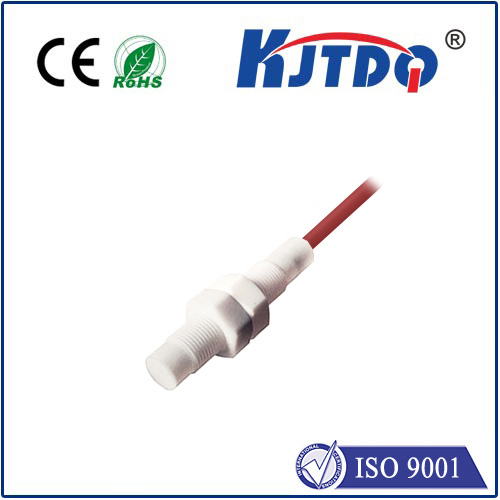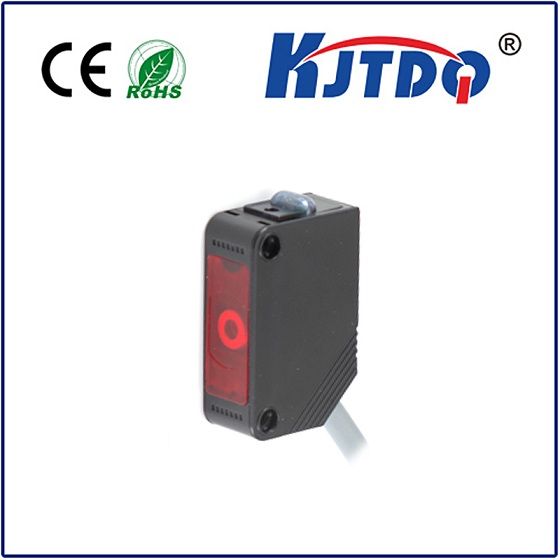
check

check

check

check
Title: Enhancing Accuracy and Efficiency with Flush Proximity Sensors
Introduction
In today's fast-paced technological landscape, the demand for devices that are both reliable and efficient is on the rise. One such device is the flush proximity sensor, which has become increasingly popular due to its ability to accurately detect and respond to changes in proximity. This article will explore the benefits of using flush proximity sensors and how they can be leveraged to enhance accuracy and efficiency in various applications.
Section 1: What are Flush Proximity Sensors?
Flush proximity sensors are non-intrusive electronic components that are designed to detect and measure the distance between two objects. These sensors are typically small, flat, and flush with the surface they are attached to, making them ideal for use in a variety of industries, including manufacturing, healthcare, retail, and automotive.
One key advantage of flush proximity sensors is their ability to operate silently without producing any noise or vibration. This makes them an excellent choice for applications where noise reduction is critical, such as in healthcare settings where patients need to sleep soundly during procedures.
Another benefit of flush proximity sensors is their high accuracy and reliability. These sensors use advanced technologies such as ultrasonic, infrared, or magnetic fields to determine the distance between objects, ensuring that accurate measurements are consistently obtained.
Section 2: Applications of Flush Proximity Sensors
The versatility of flush proximity sensors makes them suitable for a wide range of applications. Here are some examples:
1. Manufacturing: Flush proximity sensors are used extensively in manufacturing processes to monitor the position of machines, track product movement, and ensure safety. By providing real-time information about the status of equipment, these sensors help reduce downtime and improve overall efficiency.
2. Healthcare: As mentioned earlier, flush proximity sensors are commonly used in healthcare settings to aid in surgical procedures and monitoring patient vital signs. They can also be used to detect falls and other accidents, providing an additional layer of safety for elderly or disabled individuals.
3. Retail: In retail environments, flush proximity sensors can be used for inventory management, tracking customer movements within stores, and optimizing store layouts. This information can help retailers make informed decisions about product placement, pricing, and promotions, ultimately improving sales performance.
4. Automotive: Flush proximity sensors are essential components of modern automotive systems, including lane departure warning systems, collision avoidance systems, and adaptive cruise controls. By providing accurate information about vehicle position and distance from other vehicles, these sensors help prevent accidents and improve driving safety.
Section 3: Advantages of Using Flush Proximity Sensors
There are several advantages to using flush proximity sensors in various applications:
1. Improved accuracy: Due to their advanced technologies and precise measurement methods, flush proximity sensors provide highly accurate readings, helping ensure that critical decisions are made based on reliable data.
2. Increased efficiency: With their ability to accurately detect changes in proximity, flush proximity sensors help optimize processes and reduce waste in manufacturing, healthcare, retail, and automotive settings.
3. Cost savings: By reducing downtime and increasing efficiency, flush proximity sensors can help organizations save money on labor costs and other associated expenses over time.
4. Enhanced safety: In healthcare settings, flush proximity sensors can help prevent accidents by alerting medical professionals when a patient's vital signs may be at risk. Similarly, in autonomous vehicles, these sensors play a crucial role in ensuring safe driving practices and preventing accidents.
Conclusion
Overall, flush proximity sensors offer a wide range of benefits that make them an attractive option for a variety of applications. Whether you're looking to improve accuracy, efficiency, or safety in manufacturing, healthcare, retail, or automotive settings
